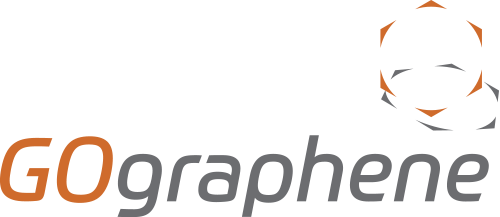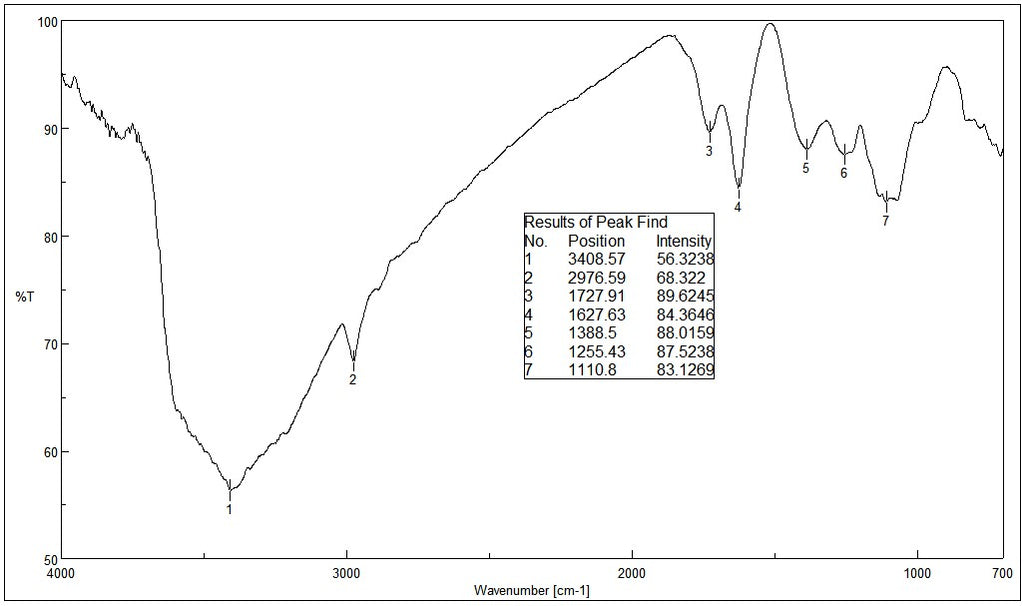Graphene Oxide in Food Packaging
Packaging in the food industry is changing. As consumers become more aware of the detriments of single use plastics, there is pressure within the supply chain to eliminate these, whilst maintaining a high standard of quality. It is essential that new packaging technologies do not compromise on protection; the current standards of freshness must be maintained by ensuring that packaging is waterproof and doesn’t break or promote deterioration of food. This is especially important during transport, which is often on a global scale and will inevitably result in some strain on the packaging. Many research departments are striving to not just match the level of protection provided by conventional packaging today, but to improve properties such as anti-microbial activity, UV blocking and breathability, in order to ensure that the new packaging is a desirable and cost effective alternative.
Gelatin based biopolymers are being considered as a possible alternative to plastic, as gelatin is widely accessible, inexpensive and easy to process. However, the biopolymer is also susceptible to bacterial attack, breaks easily and is highly sensitive to moisture which decreases its suitability as a packaging material. The incorporation of graphene oxide into the polymer matrix has been shown to improve all these properties, as well as promoting thermal and light stability. GO is particularly suited to this use as, like gelatin, it is biodegradable (albeit with emzymes) and hence, environmentally benign. Gelatin alone would degrade too easily, but GO addition strengthens the material sufficiently that it is much more likely to withstand transport and handling. Furthermore, since GO interacts and bonds strongly, other additives can easily be included in the polymer composite to further enhance the material.
A recent study shows that combining a gelatin polymer with GO nanosheets and mussel-inspired polydopamine (PDA) resulted in a vastly tougher material with significant advantages. Mussels have been found to be remarkably good at sticking to a wide variety of surfaces, including plenty that are adhesion resistant. This led to in-depth studies of the proteins they secrete and resulted in PDA use becoming increasingly common. Here, GO was considered an effective means of transporting PDA, and PGO was synthesised (PDA-GO).
GO acted as an excellent cross-linking agent and enabled the integration of silver and cellulose into the structure, which previously required toxic chemicals and complex processes. These additives further enhanced anti-microbial and strengthening properties respectively. The large number of components essentially filled gaps within the biopolymer matrix, hence it’s improved impermeability against UV light and water. This is somewhat surprising, as GO is often hailed as a permeable material and is being widely applied to water filtration systems. However, in this instance, the hydrogen bonding from the GO reduced the availability of hydrophilic groups in the composite and therefore decreased water uptake.
Compared to other processes towards forming gelatin biopolymers, GO nanosheets enabled a much simpler and more environmentally friendly route, which resulted in a biodegradable polymer that was effective against common bacteria including E. coli and S. aureus.
This application is just one of many that utilise the unique properties of graphene and graphene oxide and further demonstrates the wide range of potential applications. If you have any enquiries about the applications of graphene oxide or how it can improve your existing applications, please get in touch and one of the GOgraphene team will be happy to help.
Industrial Crops and Products, 2019, 132, pp.197-212.


